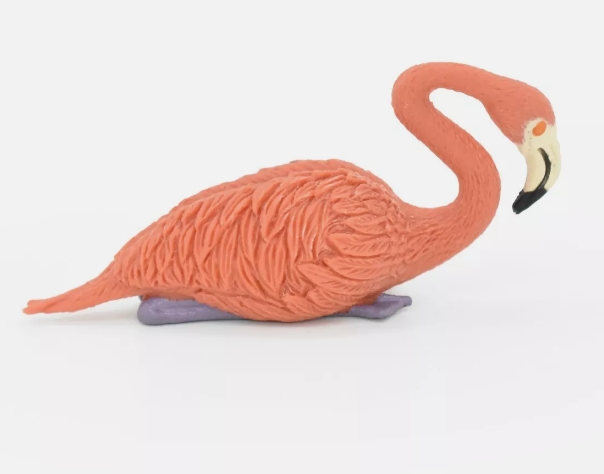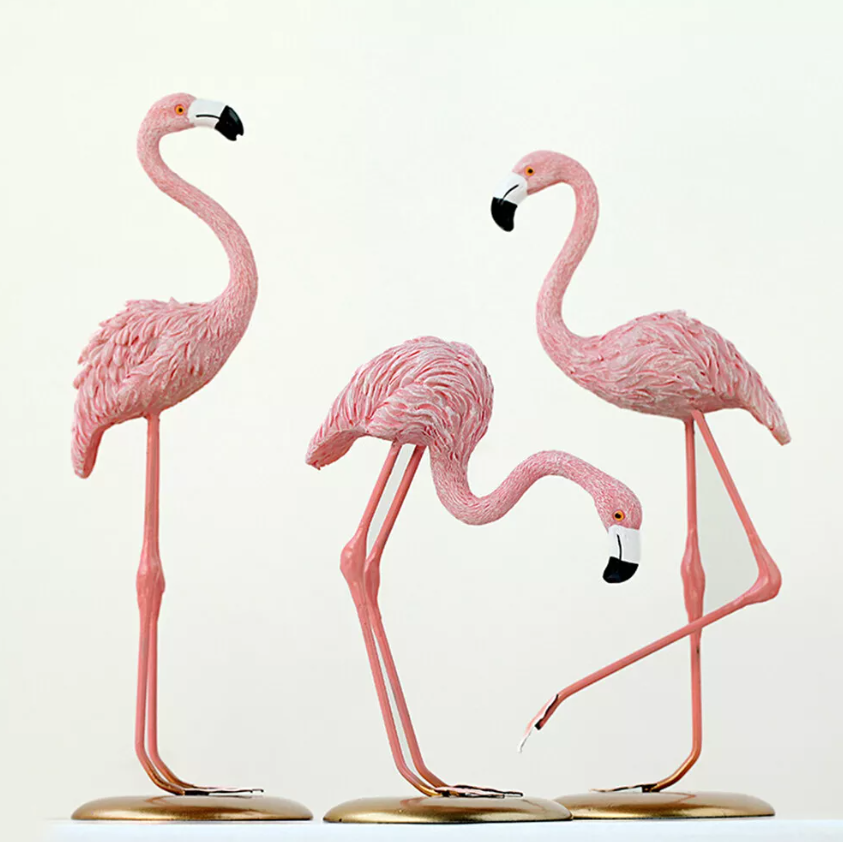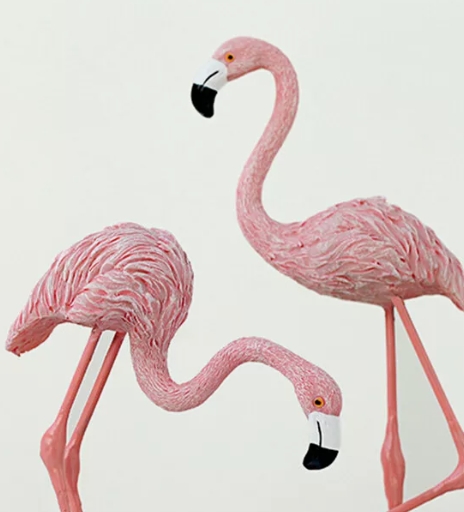The Flamingo model is a widely used teaching tool in biological education and ecological research, designed to help students and researchers gain an in-depth understanding of the characteristics, habits and ecological environment of flamingos. Usually made of plastic or other environmentally friendly materials, the models visually reproduce the flamingo's striking physical features, including its distinctive pink feathers, long legs and curved beak.
Known for their unique habitat and role in the food chain, flamingos live mainly in ecological environments such as saltwater lakes, wetlands and mangroves, feeding mainly on algae and small crustaceans in the water. Flamingo models can not only be used in classroom teaching to help students observe and understand the anatomy and living habits of flamingos, but also spark discussions about ecological conservation and climate change.
With the increasing awareness of ecological protection, flamingo models have also been widely used in museum displays, scientific research and popular science activities to promote the public's understanding of the importance of species protection and ecological environment. Through vivid models, diverse learning styles will further inspire more people to pay attention to and protect these beautiful and fragile creatures and their habitats.




